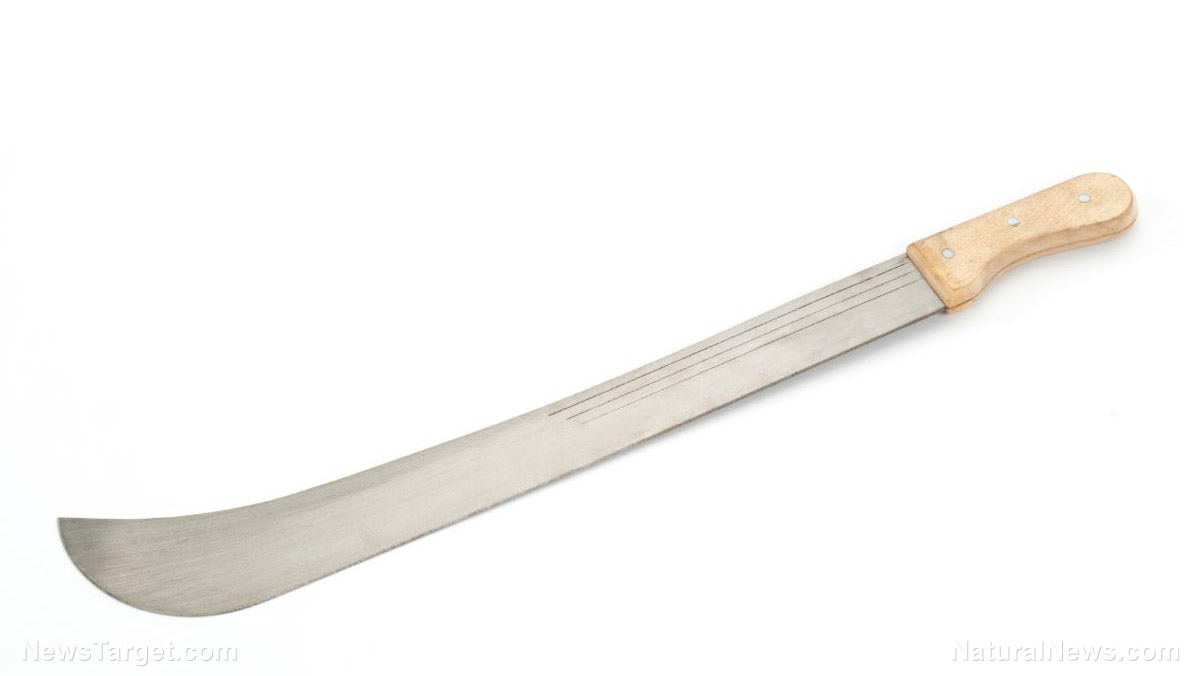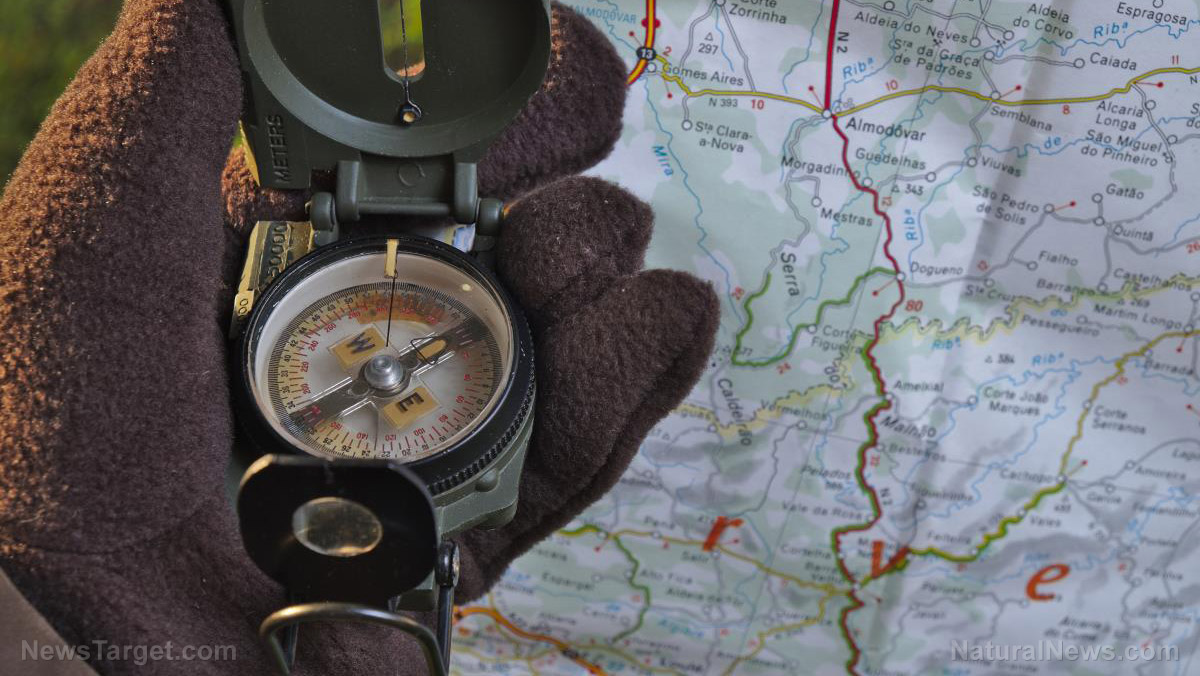Here’s how to use your paracord – and cut it without a knife
08/12/2019 / By Edsel Cook

Need to cut a paracord or rope but don’t have a knife? Use the material to saw through itself with the help of friction.
A rope is tough. Parachute cord is even tougher. Both have enough tensile strength to support heavy loads and withstand significant amounts of tension.
To cleanly cut through rope or paracord, a knife or a pair of scissors is required. That is why an edged cutting tool is a vital every day carry (EDC) item. No EDC kit or bug-out bag should be without a knife.
However, a prepper or survivalist may somehow end up with only a rope or paracord on him. And while he can get a lot of uses out of both, he may also need to cut them at some point.
To cut a rope or paracord without a knife, start by putting a mark on the material as guide. Place the length across the ground, then plant both feet on the rope or cord to pin it, keeping the mark between the feet.
Take the slack, slip it under the marked spot, and tug on it until it gets taut. Start sawing at the mark until the rope or paracord frays and breaks.
Seal the cut ends of the rope or paracord with a lighter. (Related: Hassle-free adventures: The best camping and hiking gear for exploring nature.)
Useful facts about paracord
Short for “parachute cord,” paracord is a type of rope made from nylon. It dries quickly and is highly resistant to rot.
There are six different types of paracord. They get rated by the amount of weight they can support. For example, the commonly-used Type-III paracord has a minimum breaking weight of 550 pounds (249 kilograms). Some people refer to this type as “550 cord.”
Paracord is just as useful as the knife needed to cut it. Preppers and survivalists will benefit from bringing as many lengths of parachute cord as an individual can carry.
Paracord comes in different lengths. Get the longest available cord since it can always be cut shorter to suit a pressing need.
It also serves as cordage material for bracelets, key chains, necklaces, and other accessories. Not only are these easy to make, they also allow emergency response teams and safety personnel to have paracord on them in a convenient, unobstructive way.
Some of the numerous uses of paracord
Tying is the primary use of paracord. It either ties objects together or ties them down to keep them from getting moved. It can be tied around a rolled-up carpet or a similar item to keep it from unwrapping.
Paracord may also be used in place of ropes to make clotheslines, tow lines for light loads, leashes for animals, or guide ropes for people on a trail. It can be unraveled and turned into a fishing net, or wrapped around the handle of a tool to keep the object from slipping out of grip.
It has medical-related applications as well. A paracord may serve as a tourniquet, a splint for a limb with a broken bone, or a sling for injured arms. Unravel the nylon cords and use them as makeshift dental floss. In an emergency, they may serve as thread for sutures and stitches.
People may also use paracords as parts of clothing. The cord serves as a decent emergency replacement for belts, bras, drawstring, hair tries, headbands, shoelaces, suspenders, and zipper pulls.
Sources include:
Tagged Under: abrasion, bug out, bugout, EDC, emergency situations, every day carry item, how-to, knife, off grid / off the grid living, paracord, paracord uses, preparedness, prepper, prepping, prepping gear, rope, SHTF, survival, survival gear, survival skills, survivalist
RECENT NEWS & ARTICLES
COPYRIGHT © 2018 SURVIVALGEAR.NEWS
All content posted on this site is protected under Free Speech. SurvivalGear.news is not responsible for content written by contributing authors. The information on this site is provided for educational and entertainment purposes only. It is not intended as a substitute for professional advice of any kind. SurvivalGear.news assumes no responsibility for the use or misuse of this material. All trademarks, registered trademarks and service marks mentioned on this site are the property of their respective owners.



















